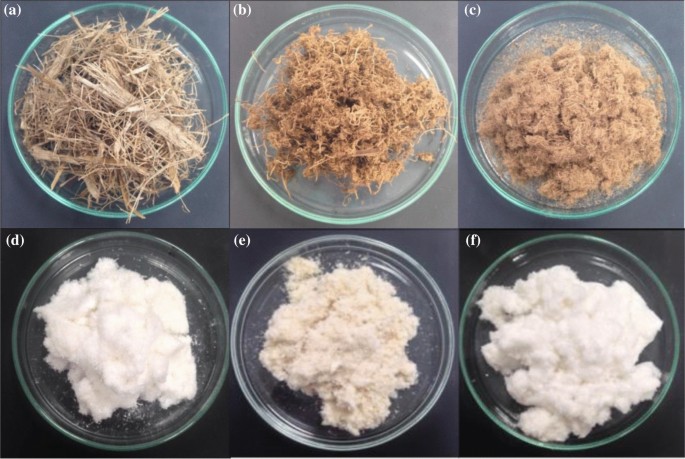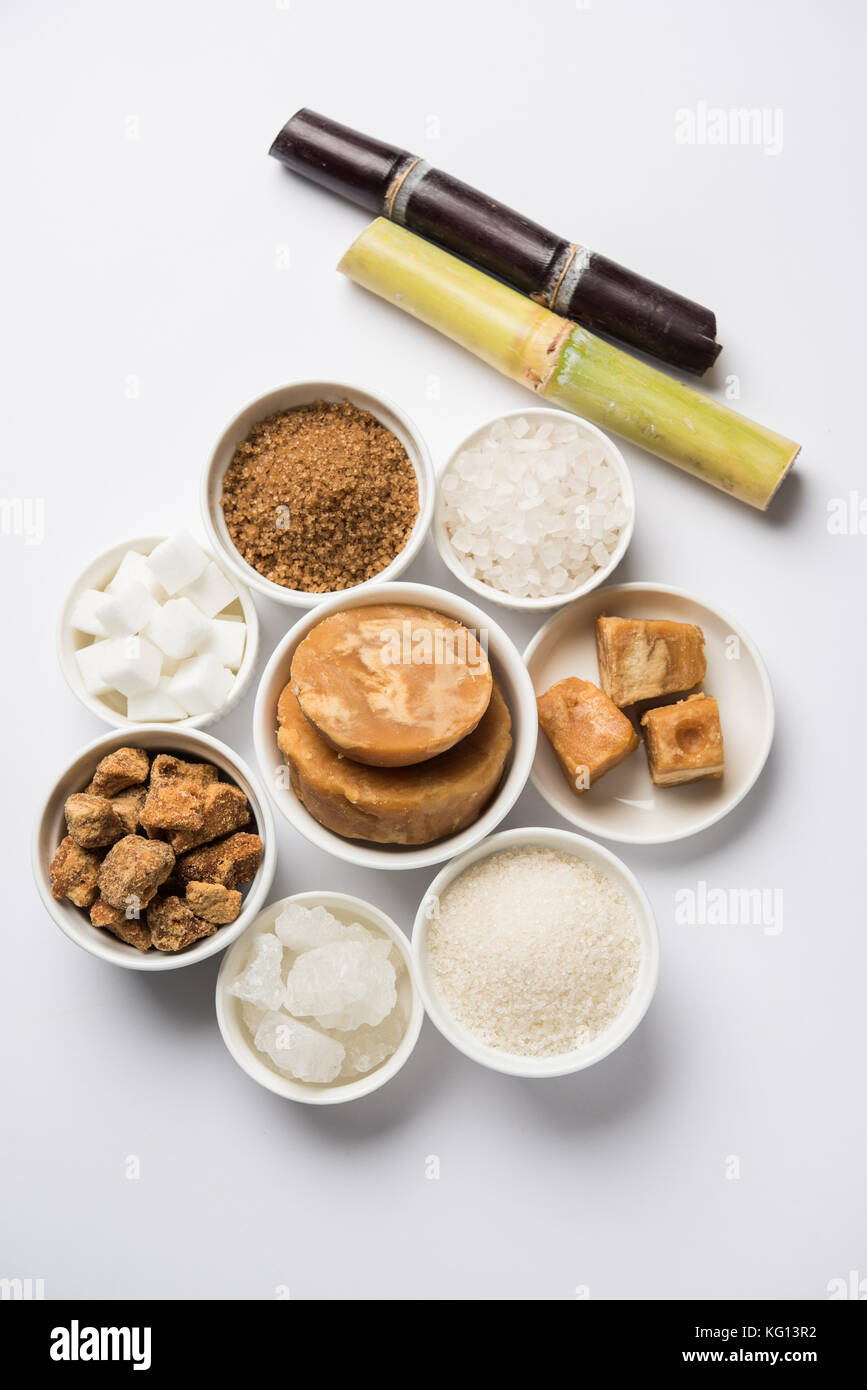The Journey of Sugarcane: From Harvest to Everyday Products
The trip of sugarcane is a diverse procedure that starts with thorough cultivation and finishes in a variety of items that permeate our day-to-day lives. As we check out the different aspects of sugarcane's journey, its function in sustainability and the more comprehensive effects for our setting come into sharper focus.
Growing of Sugarcane
The growing of sugarcane is a vital farming process that requires certain ecological problems and management techniques. Ideal development takes place in subtropical and exotic areas where temperatures range between 20 ° C and 32 ° C. Adequate rainfall or watering is important, as sugarcane grows in moist dirt with well-drained conditions (sugarcane product). Dirt top quality considerably affects return; hence, farmers often conduct soil examinations to figure out nutrient requirements
Growing commonly occurs in rows, utilizing stem cuttings recognized as setts, which are grown flat. This technique helps with reliable collecting and makes best use of sunlight direct exposure. Plant turning and intercropping are advised methods to improve dirt fertility and reduce insect invasions. Additionally, farmers utilize incorporated pest management strategies to lessen chemical inputs while making sure healthy crop growth.
Timely application of these plant foods can dramatically improve sugar returns. Overall, effective sugarcane farming hinges on a mix of ecological stewardship, strategic preparation, and continuous management methods.
Gathering Techniques
Effective sugarcane growing culminates in the collecting stage, which is crucial for making best use of yield and making certain top quality. The timing of the harvest is essential; sugarcane is normally collected when sucrose degrees optimal, usually in between 10 to 18 months after planting. This duration differs based on environment, dirt type, and sugarcane selection.
Gathering strategies can be extensively classified right into handbook and mechanical methods. Manual harvesting is labor-intensive, depending on skilled employees who use machetes to cut the stalks close to the ground. This method allows for selective harvesting, where only the ripest walking canes are chosen, consequently boosting general sugar content.
Alternatively, mechanical harvesting has actually obtained popularity as a result of its effectiveness and cost-effectiveness. Specialized harvesters equipped with cutting knives and conveyor systems can refine huge areas swiftly, significantly decreasing labor expenses. This technique may lead to the addition of premature walking canes and a potential reduction in sugar top quality.

Despite the method used, ensuring that harvested walking sticks are moved swiftly to processing centers is vital. Trigger handling lessens putridity and preserves the integrity of the sugarcane, setting the phase for optimum handling.
Handling Methods
Handling sugarcane involves a number of important actions that change the harvested stalks into functional items, largely sugar and molasses. The first phase is cleaning the walking cane to eliminate soil and particles, followed by the extraction of juice with crushing or milling. This process generally utilizes heavy rollers that damage the cane fibers to launch the pleasant fluid had within.
When the juice is extracted, it goes through explanation, where pollutants such as soil fragments and bagasse are gotten rid of. This is commonly achieved by including lime and heating up the juice, enabling sedimentation. The cleared up juice is then concentrated with evaporation, where water material is minimized, resulting in a thick syrup.

Eventually, the processing of sugarcane not just produces sugar and molasses but also lays the groundwork for various by-products, which will be checked out in subsequent conversations.
Products Derived From Sugarcane
Sugarcane is a flexible crop that yields a large array of products beyond simply sugar and molasses. Amongst the main by-products are ethanol and biofuels, which have gotten importance as renewable power sources. Ethanol, produced with the fermentation of sugarcane juice, offers as an alternative to fossil fuels and is frequently mixed with gas to produce cleaner-burning fuels, decreasing greenhouse gas discharges.
Furthermore, sugarcane is a substantial resource of bagasse, the coarse deposit staying after juice removal. Bagasse is utilized in various applications, including here the production of paper, naturally degradable packaging, and as a biomass fuel for energy generation. Its usage not just reduces waste but additionally enhances the sustainability of sugarcane handling.
Furthermore, sugarcane-derived items include the food sector, where it functions as a natural flavor representative and sweetener in numerous cooking applications. In the world of cosmetics, sugarcane extracts are incorporated right into skincare products due to their natural exfoliating homes.
Ecological Impact and Sustainability
The farming and processing of sugarcane have considerable implications for environmental sustainability. This crop needs substantial water sources, often bring about deficiency of local water materials and affecting surrounding ecosystems. Additionally, the usage of fertilizers and pesticides in sugarcane farming can lead to soil deterioration and waterway pollution, posturing risks to biodiversity.

Lasting sugarcane farming likewise advertises soil wellness with crop turning and reduced tillage, improving carbon sequestration. The fostering of these methods not only sustains environmental honesty yet additionally improves the strength of farming communities against climate change.
Final Thought
In summary, the trip of sugarcane includes numerous stages from growing to handling, inevitably causing a large array of items. The value of sugarcane extends past mere sugar, contributing to eco-friendly power with ethanol manufacturing, lasting packaging by means of bagasse, and all-natural extracts for cosmetics. This diverse plant plays an important function in both dietary enrichment and ecological sustainability, highlighting its significance in modern farming and commercial practices.
Effective sugarcane farming finishes in the collecting stage, which is pivotal for optimizing yield and making sure top quality. The timing of the harvest is crucial; sugarcane is usually collected explanation when sucrose degrees peak, normally between 10 to 18 months after planting.Handling sugarcane involves numerous essential actions that change the gathered stalks into usable products, largely sugar and molasses.Sugarcane is a functional crop that yields a vast array of products beyond simply sugar and molasses. Furthermore, the usage of plant foods and pesticides in sugarcane farming can result in soil destruction and waterway air pollution, positioning dangers to biodiversity.